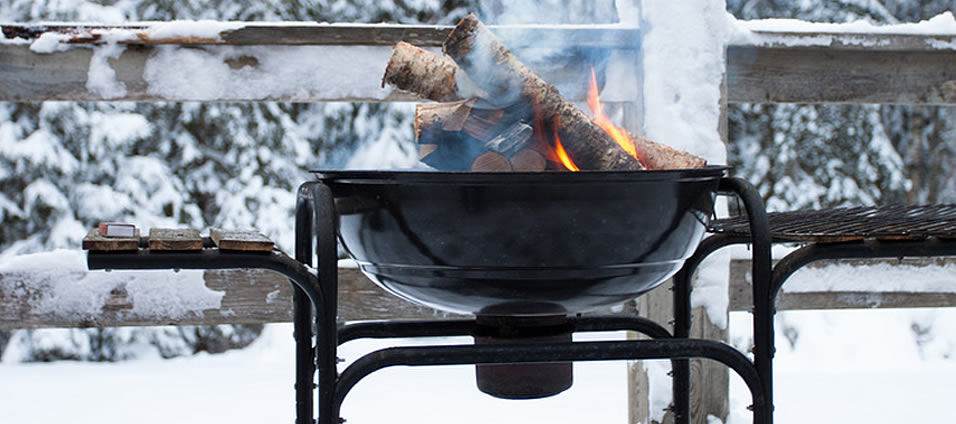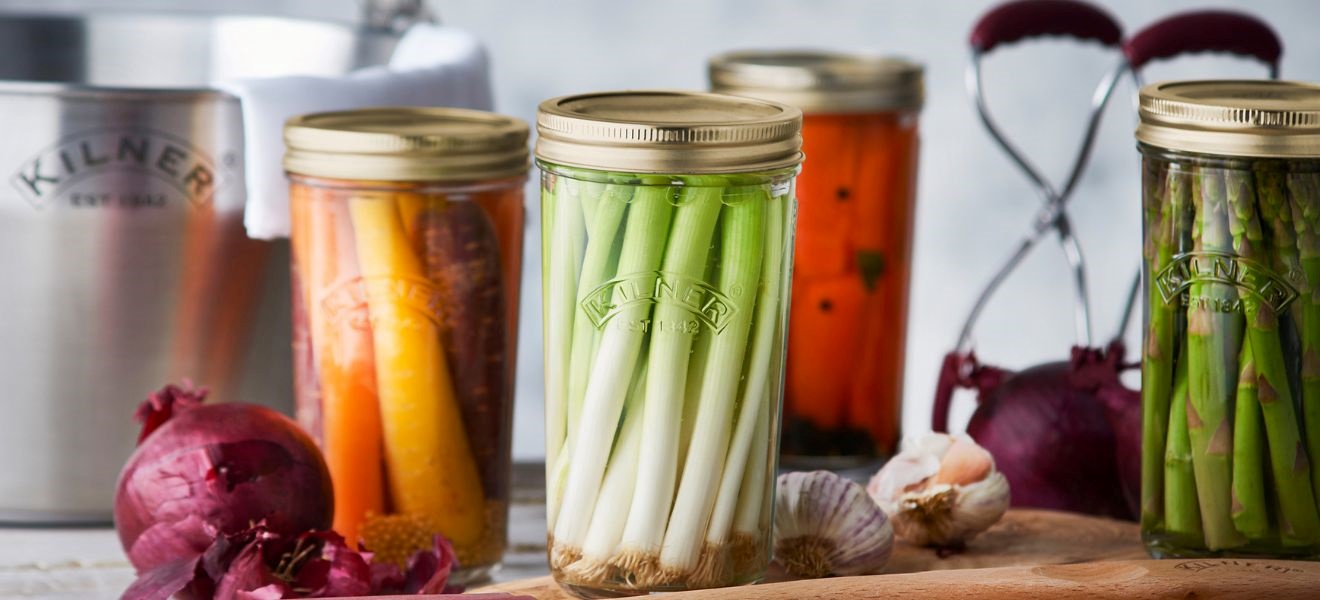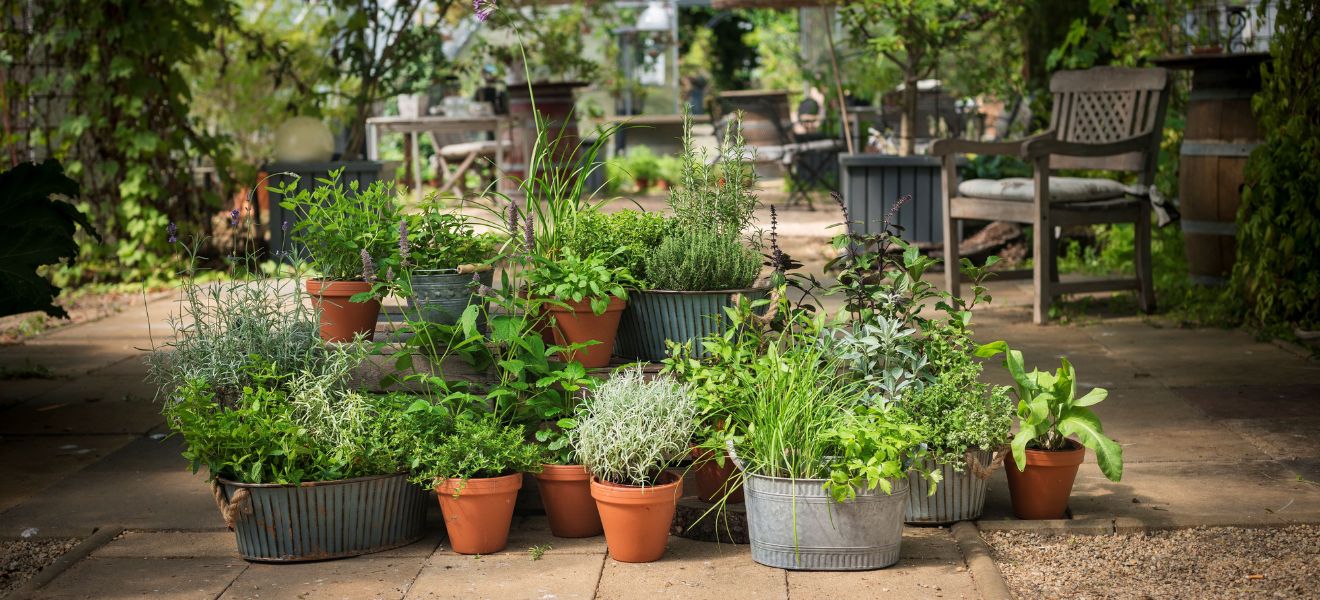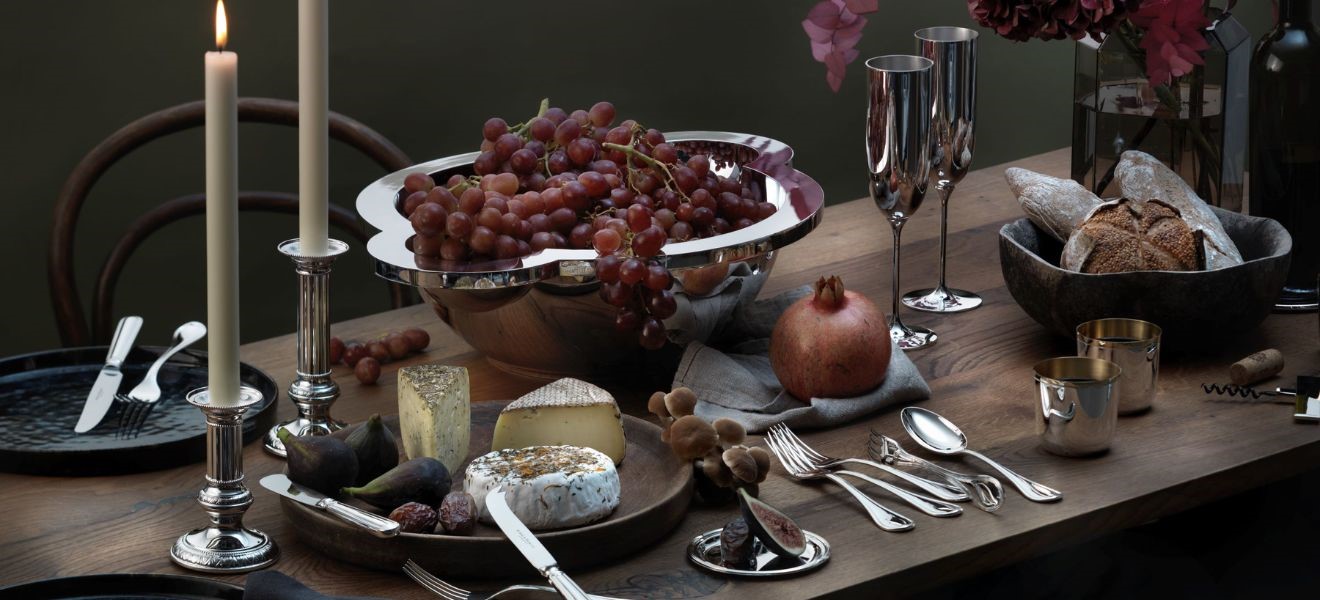The Germans are a race of barbecue enthusiasts. This is most evident in the summer months when the smells of good, hearty fare emanate from our gardens and balconies every evening. But, for some years now, barbecuing in the winter too has been a “hot” trend – in the truest sense of the word. Meat expert Wolfgang Otto from Otto Gourmet explains what is involved and reveals his ultimate winter barbecue recipe.
“Barbecuing is really hip these days, thanks partly to a number of well-known German manufacturers, and continues to be fashionable thanks to barbecues and smokers,” explains Wolfgang Otto. He is Europe’s first meat sommelier and his company supplies celebrity chefs and aficionados of first-class quality when it comes to meat. The specialist is enthusiastic about the way things are going on German barbecues. “The consumer has learnt how to conjure up not only steaks and sausages but also complete dishes on the barbecue. So, taking into account human nature, maybe it’s hardly surprising that people are taking a lively interest in further developing barbecuing as a theme. This is how winter barbecuing came about.”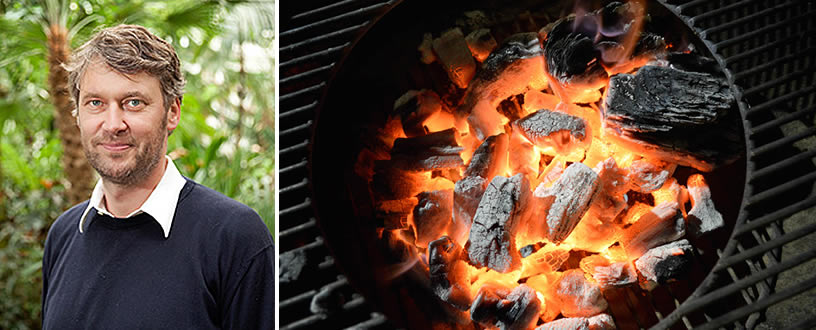 One of the things you need to be careful about when barbecuing in winter is temperature control, explains Wolfgang Otto. “When the temperature outside hits zero and below you just have to go about handling the barbecue differently and adapt to the change in the weather conditions. There are no ideal techniques when it comes to winter barbecuing. A successful winter barbecue is therefore the embodiment of the fine art of barbecuing.”
One of the things you need to be careful about when barbecuing in winter is temperature control, explains Wolfgang Otto. “When the temperature outside hits zero and below you just have to go about handling the barbecue differently and adapt to the change in the weather conditions. There are no ideal techniques when it comes to winter barbecuing. A successful winter barbecue is therefore the embodiment of the fine art of barbecuing.”
And how do you go about achieving the status of an “artist” on the barbecue? What are the basics for a delicious winter barbecue evening? “Any amount of mulled wine for warming people up plus a high-performance barbecue,” is the professional’s advice. In addition, there are seasonal products such as goose or duck that can be cooked on the barbecue. “We have discovered that people tend to go for larger cuts of meat at a winter barbecue. Roasts seem to have migrated from the stove to the barbecue.”  Wolfgang Otto’s advice to anyone who wants to be absolutely sure of success is to opt for poulet fermier noir (a breed of chicken that originated in the Dombes region of France). “This is practically a guaranteed winner – although it certainly won’t do any harm to check it with a core temperature thermometer. But the higher the product quality, the more forgiving it is of mistakes.”
Wolfgang Otto’s advice to anyone who wants to be absolutely sure of success is to opt for poulet fermier noir (a breed of chicken that originated in the Dombes region of France). “This is practically a guaranteed winner – although it certainly won’t do any harm to check it with a core temperature thermometer. But the higher the product quality, the more forgiving it is of mistakes.”
In general, when barbecuing in either summer or winter, you should go for good equipment – unless you’re happy just serving up everyday food like sausages and pasta salad. To start with, you need a sharp knife with which you can trim meat, fish and other delicacies into shape. This will ensure perfect presentation both during and after barbecuing. After all, you’re not barbecuing behind a closed kitchen door! So a bit of savoir-faire when it comes to laying out your meat, spices, marinades and sauces along with all the other ingredients – for example, on a practical barbecue trolley – is just as important as presenting the finished banquet on a table decked to create an impressive ambiance. Practical, beautiful, inspiring and innovative solutions for successful outdoor, indoor, summer or winter barbecues will be on the menu at Ambiente 2015.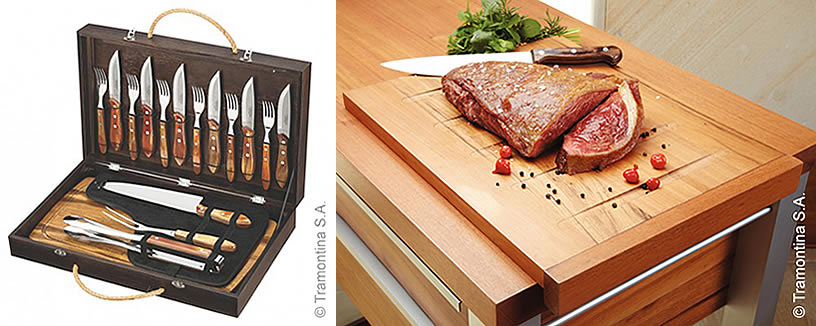 Last but not least, a seasonal recipe for winter fare from the Otto Gourmet barbecuing manual “On Fire”, created by Head Chef Nils Jorra.
Last but not least, a seasonal recipe for winter fare from the Otto Gourmet barbecuing manual “On Fire”, created by Head Chef Nils Jorra.
Saddle of venison gratinée with white chocolate and coffee, cold stirred cranberries and parsnips
Equipment:
Gas barbecue
Direct / indirect heat
200 °C
Ingredients for 8 persons
1 saddle of venison, trimmed
For the gratin
250 g soft butter
10 g coffee beans, roasted and ground
75 g pine nuts, roasted and chopped
50 g white chocolate, grated
80 g Panko breadcrumbs
5 g salt
2 g Esplette pepper
2 sheets of baking parchment
8 slices toast
250 ml pig’s blood
1 tbsp. chestnut honey
1 generous pinch of Lebkuchen spice (Ingo Holland)
Salt
120 g cranberries (cold stirred)
80 g small parsnips
Leaves of young red chard
Preparation
Process the butter for the gratin in a food processor and fold in the remainder of the ingredients. Then spread the mixture on baking parchment and roll out to a thickness of approx. 2–5mm with the rolling pin. Set aside to cool. Afterwards cut the mixture with the baking parchment underneath to the width of the saddle and place this strip across the top of the saddle.
Marinate the slices of toast with pig’s blood, chestnut honey, Lebkuchen spices and salt, then freeze. Barbecue the saddle of venison on direct heat for approx. four minutes at 200 °C until a core temperature of 35–38 °C is reached. Then cook for approx. five minutes in the resting zone at 150 °C on indirect heat until a core temperature of 45–48 °C is reached. Then turn the barbecue up to 220 °C.
Take the prepared gratin trays out of the fridge, place on the saddle of venison, peel off the baking parchment and cook au gratin at 220° with the lid closed until the saddle has reached the target core temperature of 56 °C.
Wash the parsnips thoroughly and bake alongside for 25–45 minutes on indirect heat. Then peel / scrape and marinate with apple cider vinegar, walnut and olive oil.
Warm the cold stirred cranberries to room temperature, divide up between the plates and put the barbecued parsnips on top. Then retrieve the marinated toast slices from the fridge, barbecue briefly on direct heat and then break into pieces over the parsnips, place the browned saddle of venison on top, garnish with the chard leaves and season as desired with a few salt flakes (or, if available) some veal jus as a final flourish.
